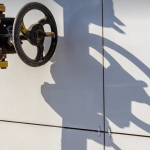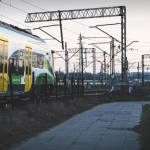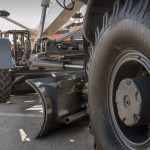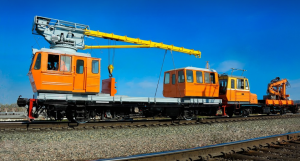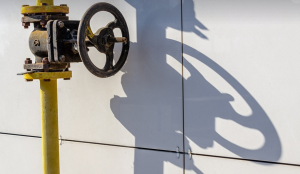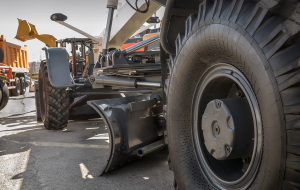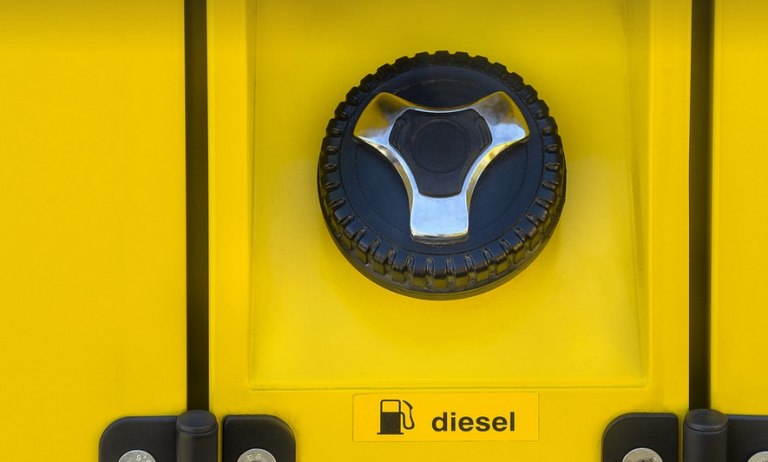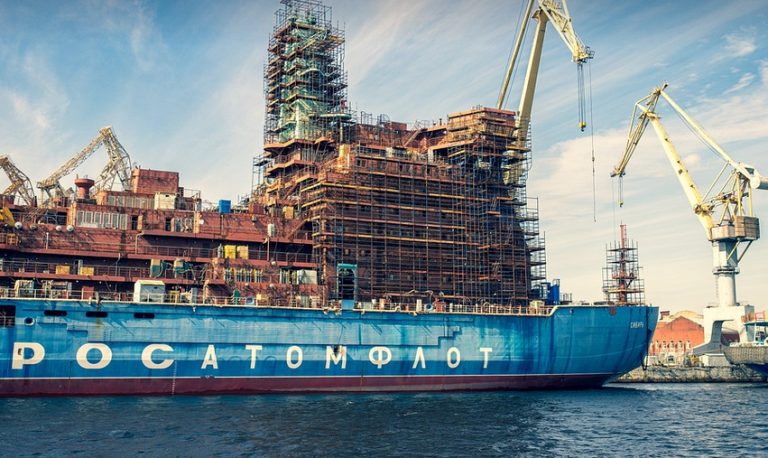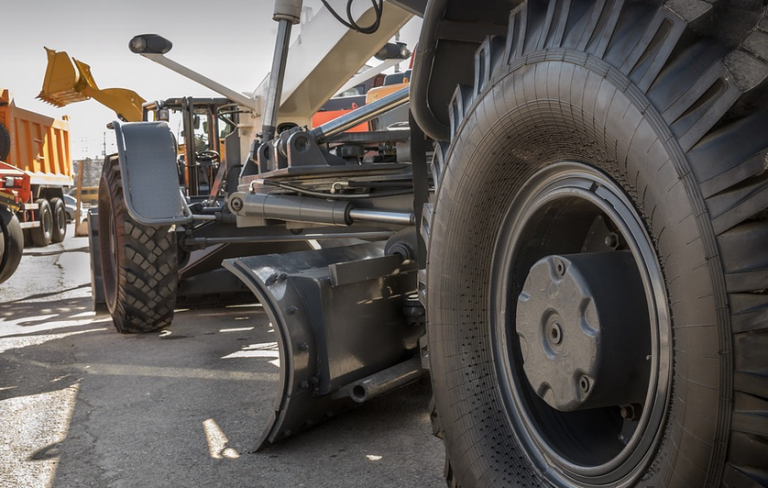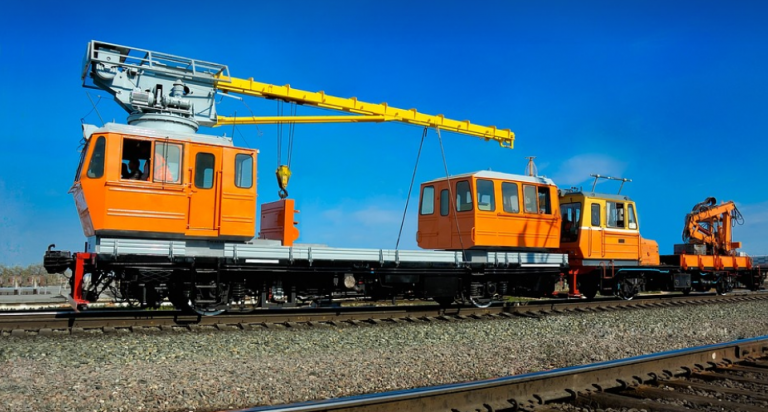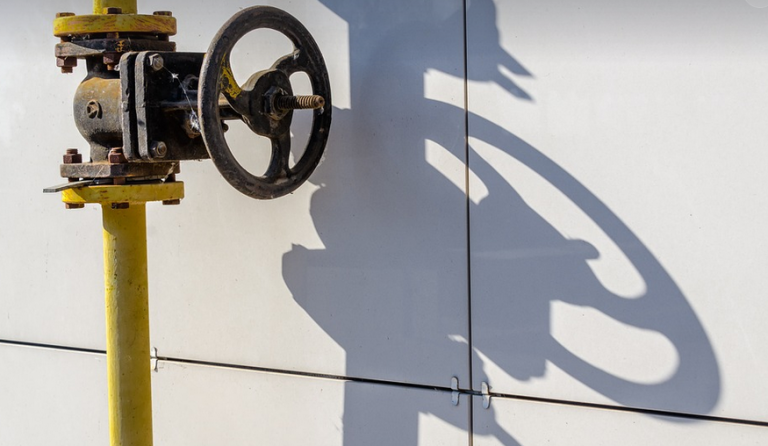The Chilling Threat of Frozen Pipes
As the temperatures drop and winter chills its grip on the nation in 2024, homeowners everywhere face a silent but serious threat: frozen pipes. These frigid foes can wreak havoc on your plumbing system, leading to costly repairs and potential water damage. But fear not! Armed with the right knowledge and preventative measures, you can shield your home from this wintery peril.
Frozen pipes usually occur when cold temperatures cause water within a pipe to freeze solid. This freezing process expands the water, putting immense pressure on the pipes, making them susceptible to burst. These bursts can result in significant property damage, including flooding, mold growth, and even structural issues.
The potential for frozen pipes is particularly heightened in areas with extended cold spells or high humidity levels. If your home isn’t adequately insulated, the risk of pipe freezing increases exponentially. This applies to both exterior walls and interior sections like attics and crawl spaces.
Identifying the potential for frozen pipes is crucial before a disaster strikes. Knowing where to look for trouble spots can go a long way in preventing costly damage. The most important areas to monitor are your basement, crawlspace, garage, and under sinks, as these areas are prone to temperature fluctuations.
Here’s a deeper dive into some of the key problem areas:
Basement Dangers
Your basement often serves as a natural insulator for your house. This means it can be susceptible to cold drafts and sudden drops in temperature, putting your pipes at risk. If you have an exposed basement wall or floor, ensure adequate insulation is in place.
Additionally, if your water heater is located in the basement, remember that even a slight drop in its external temperature can lead to pressure buildup inside the pipes. This pressure can cause leaks and even burst the pipes.
Crawlspace Concerns
The crawlspace beneath your house serves as an extension of your foundation, with both warmth and coldness being influenced by the surrounding environment. If you have exposed crawlspace walls or a crawl space door that doesn’t seal properly, this area is vulnerable to extreme temperature swings.
If your home has a basement, ensure proper insulation for both walls and floors to prevent drafts from entering and causing temperatures to fluctuate rapidly. This will help keep pipes from freezing even during colder weather.
Under Sink Trouble
The area under your sink is another potential hotbed for frozen pipes. Pipes supplying water to appliances like dishwashers, washing machines, or refrigerators can easily be affected by cold temperatures and sudden temperature shifts.
You can reduce the risk of frozen pipes in this area by ensuring proper insulation around plumbing lines and keeping unused appliances turned off. These measures will minimize pressure fluctuations and help prevent freezing.
What to Do When You Suspect a Leak
If you suspect a leak, it’s crucial to address the issues immediately. A slow leak can lead to an unseen burst or damage over time. This is especially true for pipes near exterior walls where water could seep into your foundation and cause mold growth.
Here are some steps you can take when dealing with potential leaks:
1. Check for visible signs of leakage – Look out for wet spots, dampness or dripping sounds.
2. Take immediate action to locate the leak’s source.
3. Turn off your main water supply valve.
4. Contact a licensed plumber or professional contractor to assess and repair any damages.
Preventing Frozen Pipes: A Proactive Approach
While preventing frozen pipes during the coldest months is crucial, it’s essential to take preventive measures year-round to ensure your plumbing system stays in optimal condition.
Here are some strategies you can employ to minimize the risk of freezing pipes:
1. Insulate Your Pipes:
Using pipe insulation sleeves or wrapping them with heat-resistant material can significantly reduce the risk of freezing and damage. This insulating layer prevents cold air from reaching the pipes and encourages a more stable temperature within.
2. Heat Trickery:
Consider utilizing strategically placed electric heating cables to warm your plumbing lines, particularly under sink areas. These devices provide targeted warmth that helps prevent freezing even in extreme temperatures.
The Importance of Maintenance
Regular maintenance plays a vital role in preventing frozen pipes and ensuring long-term plumbing system functionality. Here’s why it makes a difference:
1. Catching Issues Early:
Routine inspections can help identify potential issues before they escalate into major problems. By regularly checking for leaks, cracks, or any signs of corrosion, you can address them promptly and prevent more significant damage.
2. Preventing Small Problems from Becoming Big Deals:
Addressing small plumbing issues like clogs or water pressure fluctuations before they evolve into larger problems can save you time, money, and unnecessary repairs in the long run.
Emergency Preparedness
Winter storms often bring significant power outages. In case of emergency situations where your electricity is out and temperatures plummet, it’s essential to be prepared:
1. Have a Backup Power Solution:
Consider investing in battery-powered portable generators for critical appliances like refrigerators or heating systems, to ensure continuous functionality even during power outages.
2. Check Your Heating System Regularly:
Ensure your furnace and boiler are working efficiently by scheduling a professional inspection annually. This preventative maintenance will guarantee they run smoothly even in extreme cold conditions.

